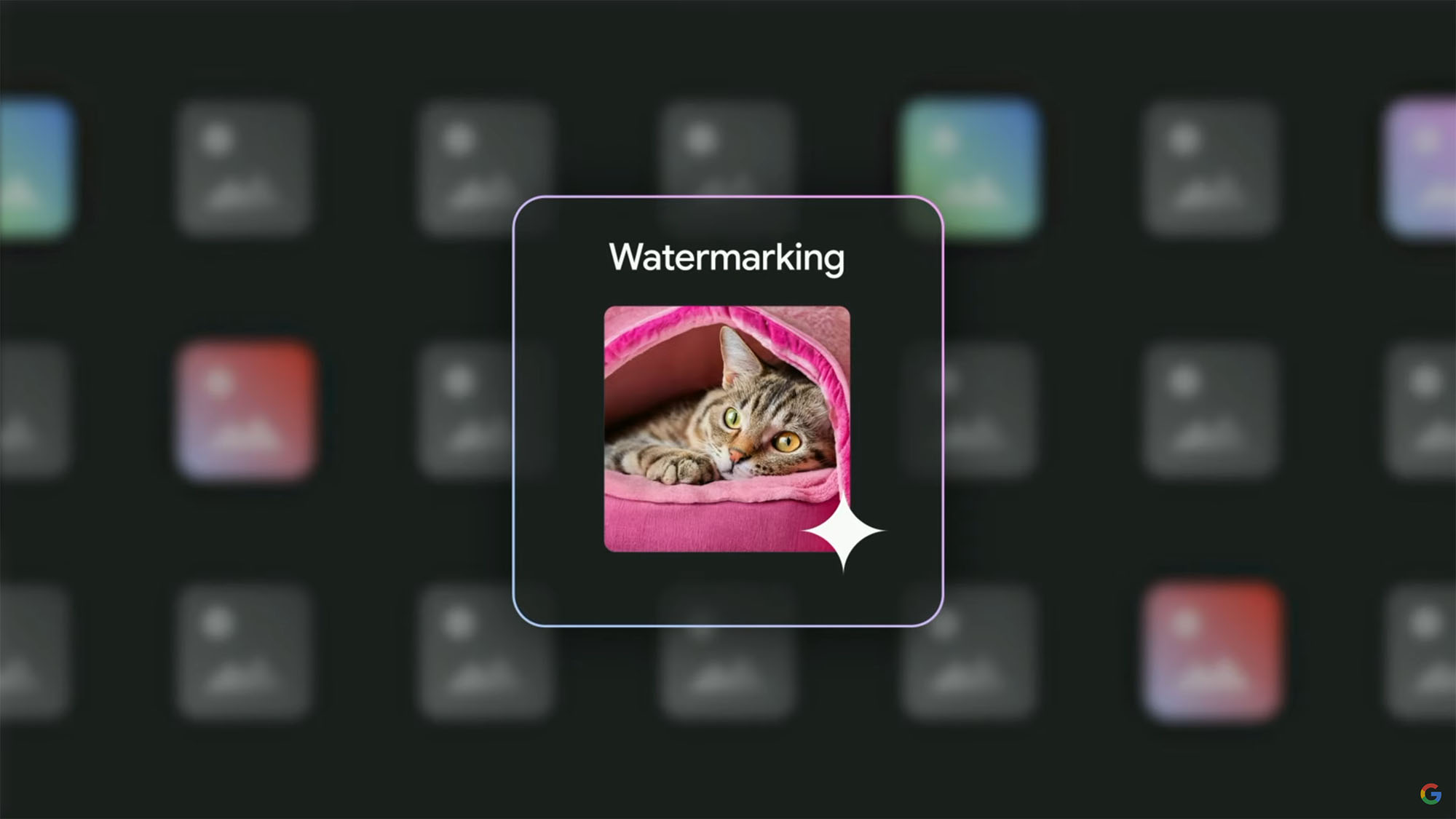
Google Bard is primed to vacuum up a Gen-Z audience, and I can’t wait to see the many interesting ways the younger generation uses the chatbot. Bard received a huge upgrade at Google I/O 2023, the company's annual developer conference, meaning the bot is now revamped and perfectly positioned to take on its biggest rivals, Bing Chat and ChatGPT.
Young people know Google’s systems like the back of their hand. As the world’s most popular search engine, everything is familiar, so getting to know Bard is a lot easier than getting started with something like ChatGPT.
You’d have to do a lot more set-up to get working with ChatGPT than you would just heading over to Bard and logging in with your Google account. No extra passwords to remember, everything in one place - who doesn't love the simplicity of that?
Plus, Bard is just more fun. As a fellow ‘zoomer’, I really appreciate Bard’s sweet, friendly tone and I know a lot of young people do as well. People gravitate to the bot’s humble and apologetic nature - it’s the kind of ‘personality’ parasocial relationships are built from - and takes the scary, hyper-technical unease away from dealing with AI bots for the first time.
New and Improved
If you look at how popular Snapchat’s My AI chatbot has become amongst users, it’s clear that young people are interested in artificial intelligence - at least, if it’s packaged in a way they recognize and find amusing. Bard follows that same ethos of being easy to navigate but with enough personality that things don’t feel stale. Personally, now that Bard is available to everyone, I can’t wait to see a bunch of funny and sometimes cursed screenshots pop up on TikTok and Twitter.
Bards' newest features are why I believe Gen-Z will find a new home for AI shenanigans and exploration. The image-generation capabilities that have been added to Bard make creating pictures with AI a lot more accessible for users that may not be very technical (or just haven’t had a chance to try it out) and so opens up the door for newbies.
As shown in the Google I/O showcase, users can now upload their own images into Bard using Google Lens and make Bard interact with it. I think as we get more people on Bard and acquainted with the new features, we’ll be seeing a lot more zoomers taking these features to places we may not have thought of and I’m hyped!
The potential for some funny-generated images and memes is not the only reason I think Gen-Z could gravitate toward Bard. With more functional features like map integration and seamless exporting into Google Docs and Gmail, I’m convinced Bard will soon become a tool young people will reach for without second thought.
Students would greatly benefit from being able to export their responses without the hassle of copying and pasting every single response (though this will probably raise more issues regarding plagiarism in the academic space).
It’s very clear that young people have taken a keen interest in AI-powered chatbots, and Google Bard’s welcoming, easy-to-use interface will make a lot more sense to AI rookies on the scene. It offers features that young people will actually use on a day-to-day basis and actively accounts for how they might already use Google’s existing software suite.
So, in short, I’m excited to see what happens next. The youngest generations are historically always the fastest to adopt new technologies; that’ll be the case with Bard, and these new features are practically guaranteed to drive that adoption forward. Where Google takes its chatbot next, though, is anyone’s guess…







